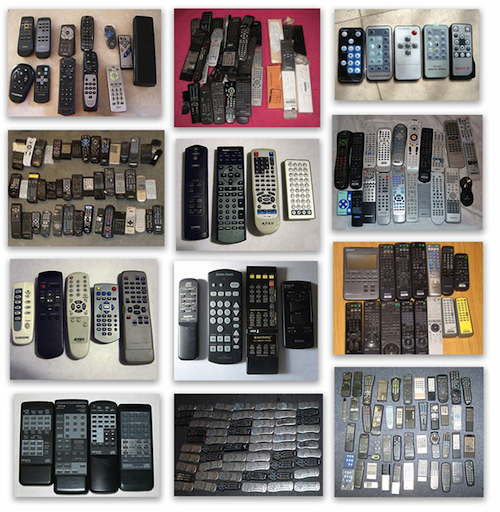Among the most complex of artworks that cultural institutions are asked to preserve today are those based on digital technologies and generally referred to as “time-based.” For a formal definition, I prefer the one developed by the Tate that summarizes time-based media as “works of art which depend on technology and have duration as a dimension.”
Over the years on this column, I’ve had and shared conversations about approaches to caring for time-based art, including interviews with Jeffrey Martin, Glenn Wharton, and Hugh Shockey, art conservators at major institutions. Though those discussions have provided a good framework, what I’ve really wanted to do is create a discussion around digital art that involves, at once, an artist, a conservator, a curator, and a technologist, so that folks might better understand the complexities associated with caring for this kind of artwork.
Late last year, at the annual meeting of the Museum Computer Network (MCN), I was finally able to pull together this kind of discussion. The panel turned out better than I imagined and I’m thrilled to share it here on Art21’s Blog:
In addition to myself, the lineup included:
- Anne Collins Goodyear, Associate Curator of Prints and Drawings at the National Portrait Gallery. She is also president of the College Art Association. In May, she will join her husband, Frank Goodyear, as co-director of the Bowdoin College Museum of Art.
- Penelope Umbrico, an artist and photographer whose practice often involves interactions with digital media from the Internet.
- Koven Smith, Director of Technology at the Denver Art Museum. He is also on the program committee for MCN and a member of the steering committee of the ConservationSpace project.
- Jeffrey Martin, time-based art conservator and moving image archivist, helped develop the panel. He was scheduled to participate but had to cancel due to unforeseen circumstances.
Note: Anne and Jeff are also Principal Investigators for the Smithsonian’s Time-Based and Digital Media Working Group. Members of this group includes conservators, registrars, archivists, technical specialists, information specialists, and curators. They have sponsored symposia and round table discussions relating to the topic, including one held in 2010 that is viewable online. You can find a summary report of that meeting here. Currently, the group is developing a web-resource for the Smithsonian that will launch this spring.
Anne’s and Jeff’s participation was supported by a Level Two Grand Challenges Grant from the Smithsonian Institution Consortium for World Cultures and its Consortium for Understanding the American Experience.
Penelope’s participation was sponsored by the International Network for the Conservation of Contemporary Art-North America (INCCA-NA) as part of their “Voice of the Artist” program.
My participation was co-sponsored by INCCA-NA and the Indianapolis Museum of Art‘s Research Travel Fund.




